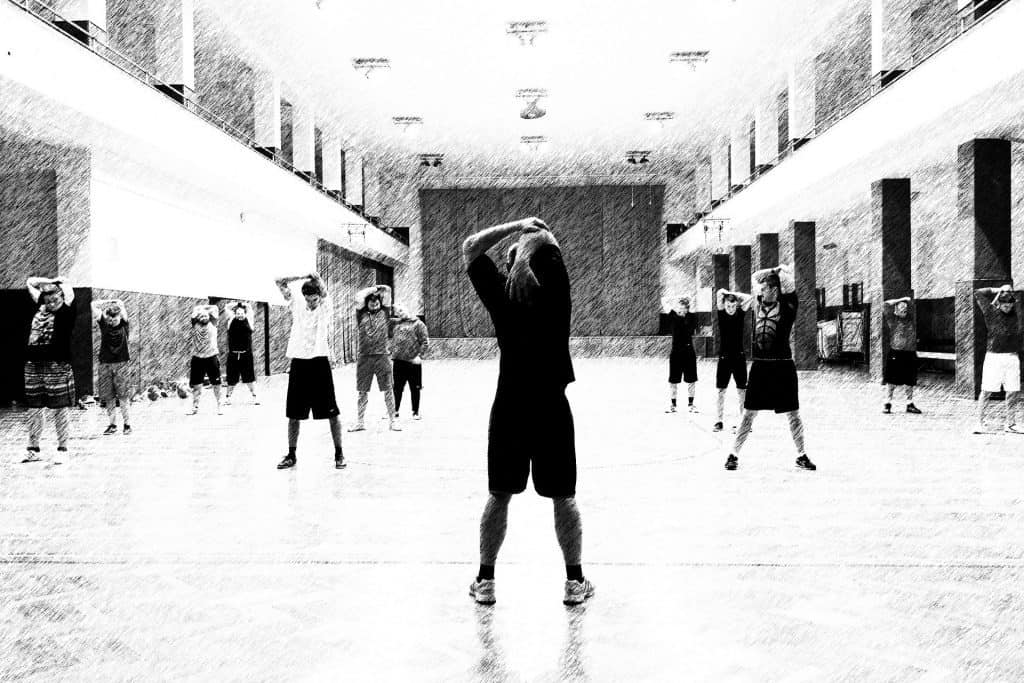Be honest, how many times have you given up on warming up and just started training?
Beyond the fact that warm-up is the “entry” into training and the mental preparation for it. The warm-up is a very important component in the training itself. It is responsible for improving the abilities and performance in training. It is a kind of trick that will help you achieve results faster, and more effectively. So here are some reasons why we love the warm-up so much.
Fatigue during training
The very action of warming-up the body and the gradual transition from rest to activity increases the coordination between the heart and lungs. What this means is that there is an increase in the volume of the heartbeat along with an increase in breathing depth. The combination of these two (pulse volume and depth of breath, as opposed to the frequency of heartbeats and breaths) is what will give us the strength to train for a longer time and not get tired. In addition, the pulse in this case, at the peak of the effort, will be lower than the pulse in the effort, in case no warming-up has taken place.
Another reason why we do not feel tired right at the beginning of the workout is that the warm-up will cause our blood vessels to expand gradually, and thus more oxygen will be able to pass to the muscles in a short time.
Preventing injuries
The body, especially the muscles, tendons and ligaments, lowers the viscosity of the muscle, and increases the elasticity of the tendons and ligaments. The result is a greater range of motion, and hence, a lesser chance of injury (stretching or tearing).
In our warm-up it is recommended to incorporate dynamic stretching . At the end of the workout, if you want to work on flexibility, static stretching.
Welcome to see- Cap’s recommended warmup (especially suitable for professional athletes).
In general there are three types of heating.
Active warm-up – This is a warm-up that aims to increase the metabolic rate in the body. And put the body in a state of readiness by heating the body’s large muscle systems. An example of which would be low-intensity exercise until reaching a state of light sweating.
Passive warm-up – warm-up the body by passively by raising body temperature. for example in a sauna. A disadvantage of this method is that this heat will move the blood more towards the skin, not the muscles. So it is not recommended for athletes.
Specific warm-up – This is a warm-up with the help of movements that are going to be performed during the workout. But in a slow and controlled manner. For example a punching stroke in tennis players or a kicking motion in footballers.
if you liked this type of article, you would 100% love this article about failure.
if anything is not clear you can send us a message via Whatsapp or Instagram.


